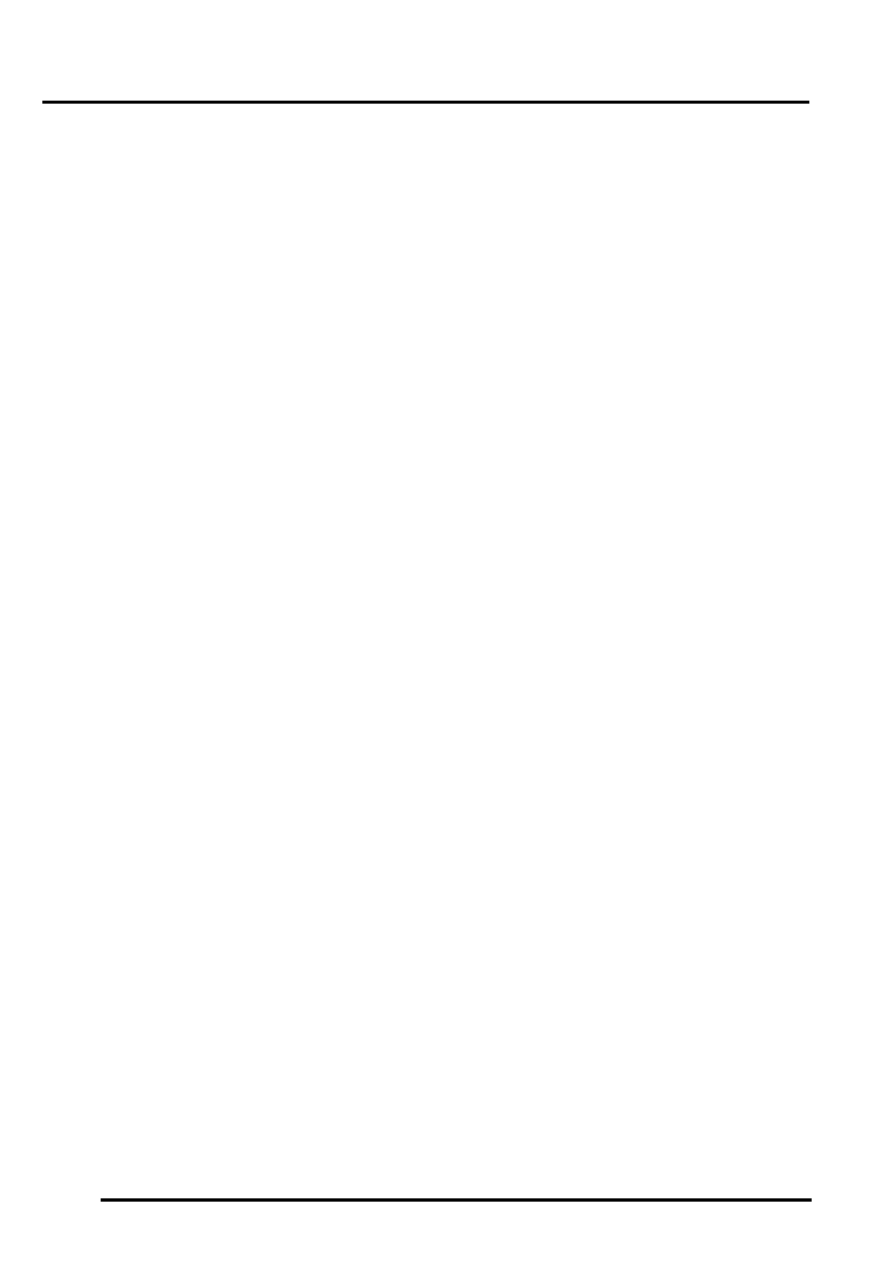L322 Range Rover System Description and Operation

SUNROOF
76-6-4
DESCRIPTION AND OPERATION
One-touch Function
Pressing and holding the sunroof switch momentarily, for either the open or close selection, will enable the sliding/
tilting sunroof to travel fully to the selected closed position. This selection can be interrupted by operating the switch
a further time.
If the "tilting" control is operated while the panel position is within the "sliding open" range, the roof automatically
moves to the limit position of tilting. This process can be interrupted by operating the control a further time.
The one-touch functions are encodable. This is a function of TestBook/T4.
Anti-Trap Function
The anti-trap function, configured to meet the specific requirements of individual national regulations, operates by
monitoring the torque output of the sliding/tilting sunroof drive. It operates when the sunroof is closing and the opening
is greater than 4 mm. To ensure that the sunroof fully closes it is disabled for the last 4 mm of travel.
NOTE: The encoding functions are configured using TestBook/T4
Operating during one-touch operation, actuation in the first switch position and during one-touch closing, the anti-trap
function is disabled when emergency closing (panic mode) is selected.
After the anti-trap function has been activated the sunroof will return, depending on vehicle configuration, at maximum
system speed, to the point at which the close selection was initially made.
Convenience Operation
The sunroof and windows can be fully closed or opened by holding the door key in either the locking or unlocking
position, or with the remote control. Releasing the key before the operation is completed will stop the sunroof
travelling.
The anti-trap function also operates when convenient closing is selected.
If the key is returned to the rest position, any convenience function that is currently in progress is terminated. If the
control is operated during a convenience function, the convenience function that is currently in progress is terminated
and must be restarted. Automatic resumption after the control is released is not permissible.
Consumer Shutdown
During the starting process (ignition position III), the sunroof is deactivated via the P-bus. The current selection , e.g.
opening or one-touch functions, is immediately terminated and sunroof movement is halted.
If an undervoltage of less than 9.5 V occurs, the one-touch operation that is in progress will be terminated and no new
sliding/tilting sunroof movement is initiated.
Sleep Mode
To reduce the current consumption of the vehicle, the sunroof control system switches to an electricity-saving mode
after receiving the telegram "Go to Sleep" from the BCU via the P-Bus. In this condition manual operation of the
sunroof will result in the loss of its absolute position. It will require re-initialising.
The electricity-saving mode is exited again by any telegram on the P-bus.
Fault Patterns
The following fault patterns are provided:
l
Overriding temporary shutdown (max. switch-on time 15 s)
l
Shutdown of the drive in event of relay contacts sticking or faulty semiconductor after max. 500 ms
l
Shutdown of the drive in event of no signal from the increment sensors after max. 300 ms
l
Substitute function (e.g. motor stop) in event of implausible signals from sliding/tilting sunroof control and other
faults (signal lines)
l
Repeat interlock (by software, as substitute for motor thermo switch).
